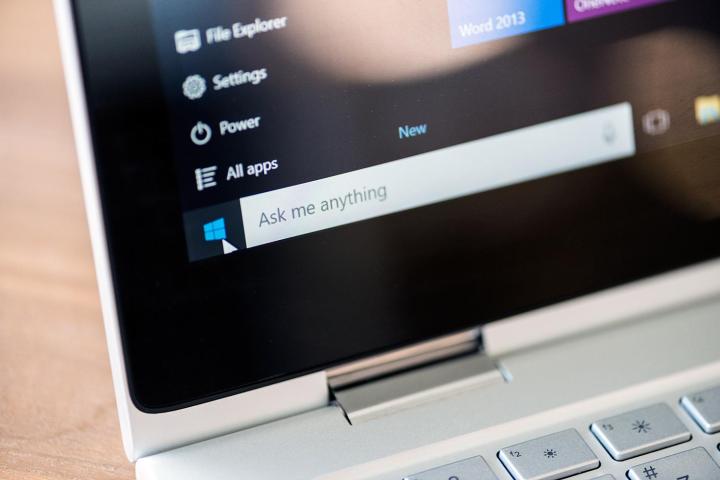
So what are these secret new features? Well, they move your search bar a little, and also re-color a couple things. Oh and there’s a new little arrow icon beside the search bar when you search from your start menu. Like we said, nothing groundbreaking.
Still, it’s interesting that Microsoft has chosen to roll out these features piecemeal and behind the scenes. Presumably this is being done to test how these changes impact the way people use Cortana. Given how heated the AI assistant race has become recently, it’s no surprise that Microsoft is giving Cortana a little extra attention in Windows 10.
All right, so how do you get these new features? First off, you’ll only be able to enable and/or tweak these settings if you’re a Windows Insider and you have the latest Fast Ring update. If you qualify on those counts, and you’re really curious about how Cortana might look if your search bar were at the top of your start menu instead of at the bottom, read on.
You’re going to have to dig into your registry and tweak some settings, which are described in detail by the folks over at Inside Windows. Remember, messing with your registry can have serious consequences if you don’t know what you’re doing, so you might want to wait for Microsoft to roll out these minor changes in the next Windows Insider build.
For a detailed description of precisely how to enable the new Cortana features, check out the breakdown over at Inside Windows.
Editors' Recommendations
- Windows 11 might nag you about AI requirements soon
- You’re going to hate the latest change to Windows 11
- Windows 11 tips and tricks: 8 hidden settings you need to try
- How to adjust screen resolution in Windows 11 and older
- Windows 11 vs. Windows 10: finally time to upgrade?

